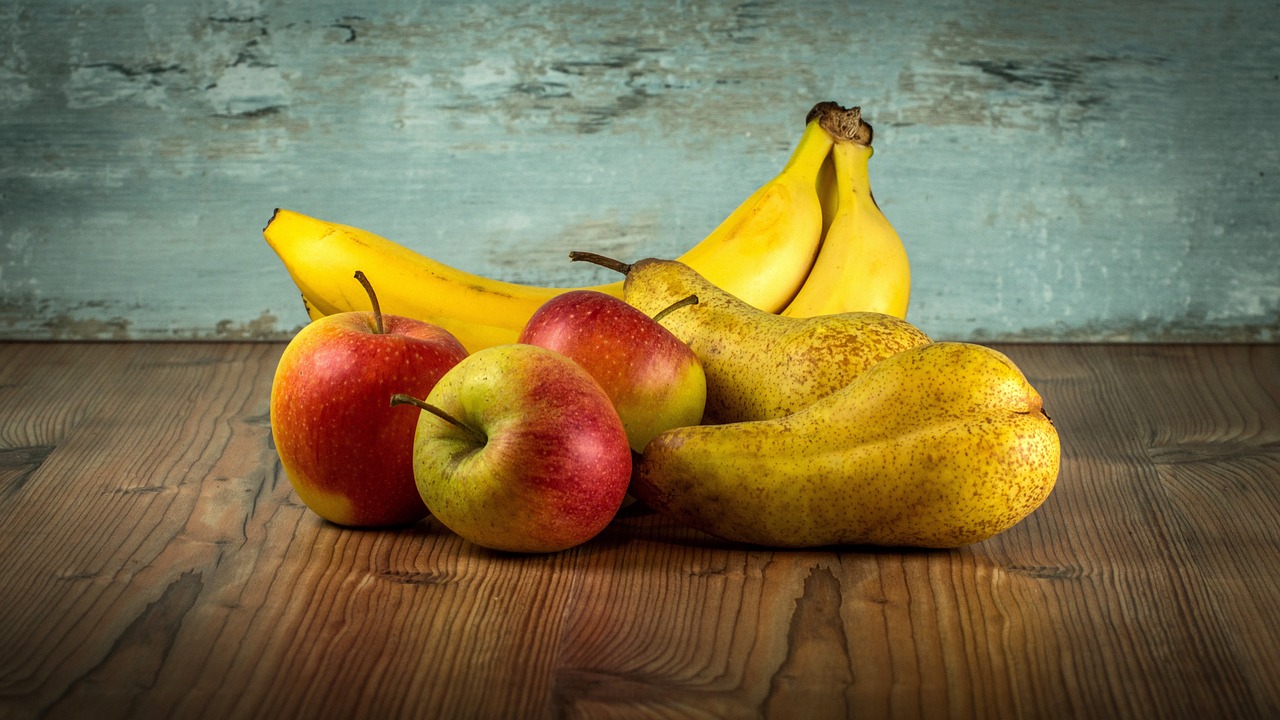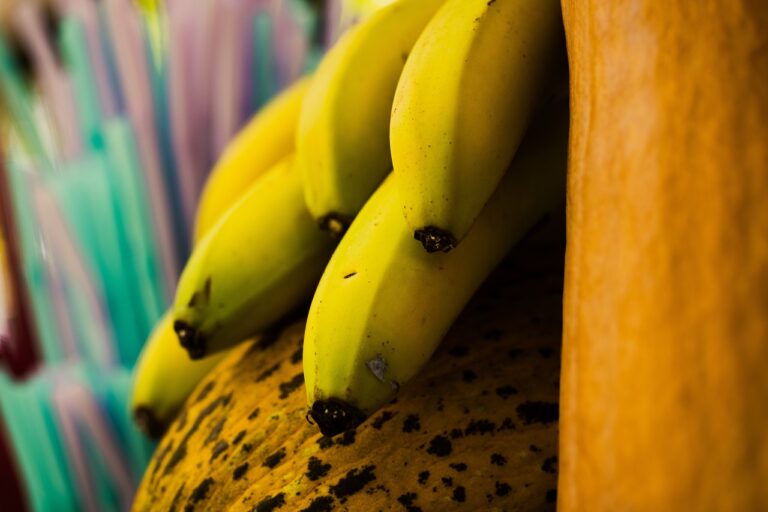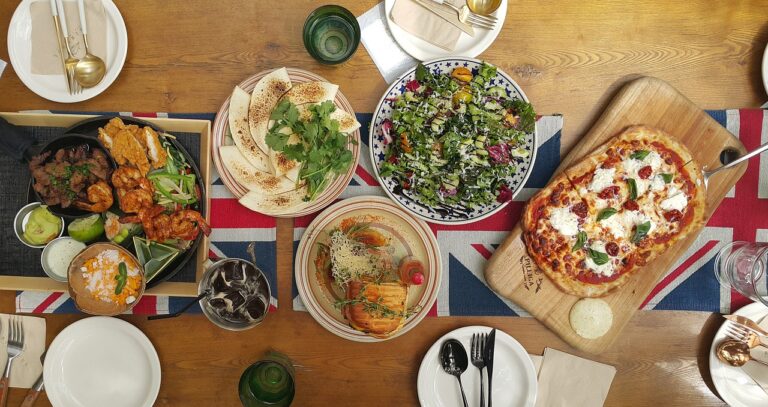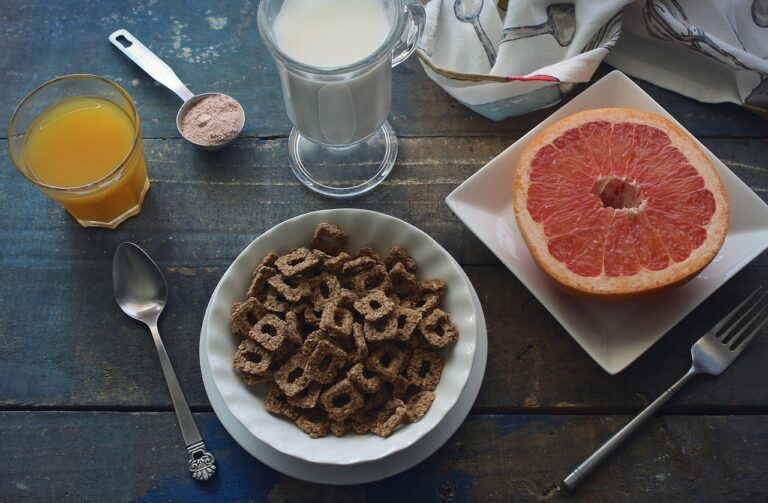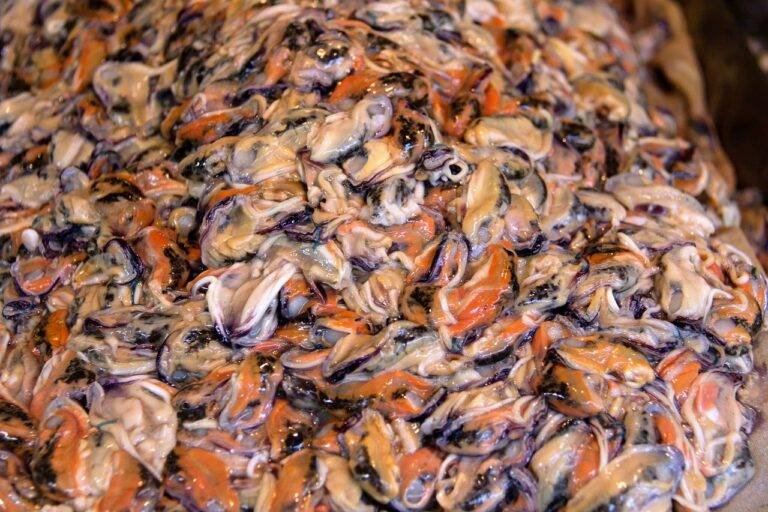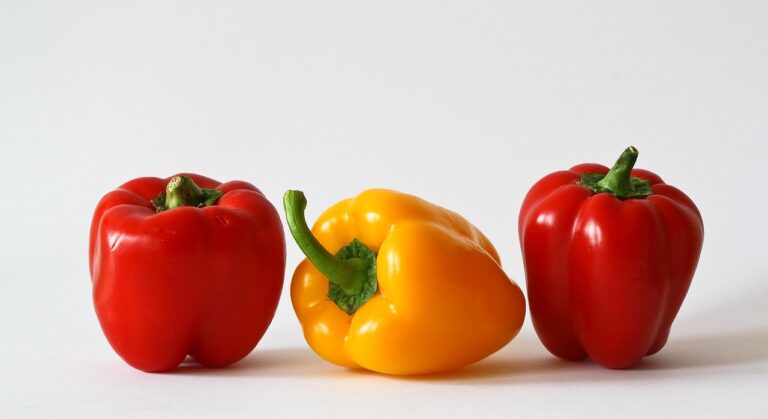The Evolution of Food Packaging: From Plastic to Sustainable Materials
The use of plastic packaging in the food industry has significantly increased in recent years due to its convenience, durability, and cost-effectiveness. Plastic packaging helps to extend the shelf life of food products, reducing food waste and aiding in transportation and distribution. Additionally, plastic packaging offers clarity, allowing consumers to easily view the contents of the package and make informed purchasing decisions.
Moreover, the lightweight nature of plastic packaging makes it easy to handle during manufacturing and shipping, cutting down on logistics costs for food manufacturers. The versatility of plastic packaging also allows for a wide range of shapes and sizes, catering to different product requirements and enhancing the overall aesthetics of the packaging. Overall, the rise of plastic packaging in the food industry reflects the need for efficient and practical solutions to meet the demands of the modern food market.
The Environmental Impact of Plastic Packaging
Plastic packaging has undeniably revolutionized the food industry by providing convenience and shelf life extension for various products. However, its environmental impact cannot be overlooked. The widespread use of plastic packaging has led to a surge in pollution, with a significant proportion ending up in landfills and oceans, causing harm to wildlife and ecosystems.
Moreover, the production of plastic packaging requires the consumption of finite resources, mainly fossil fuels. This process contributes to greenhouse gas emissions and exacerbates climate change. Despite recycling efforts, a considerable amount of plastic packaging still ends up in the environment, posing long-term challenges for waste management and sustainability.
What are some of the reasons for the rise of plastic packaging in the food industry?
Plastic packaging is popular in the food industry because it is lightweight, durable, and provides a barrier against moisture and air, which helps prolong the shelf life of products.
How does plastic packaging affect the environment?
Plastic packaging has a significant environmental impact due to its non-biodegradable nature. When not properly disposed of, plastic packaging can end up in landfills, oceans, and waterways, leading to pollution and harm to wildlife.
Are there any alternatives to plastic packaging in the food industry?
Yes, there are several alternatives to plastic packaging, such as paper, cardboard, glass, and biodegradable materials. These alternatives are more environmentally friendly and can help reduce the negative impact of plastic packaging.
What can consumers do to reduce the environmental impact of plastic packaging?
Consumers can reduce the environmental impact of plastic packaging by choosing products with minimal or recyclable packaging, using reusable bags and containers, and properly recycling plastic packaging when possible. Additionally, supporting businesses that prioritize sustainable packaging practices can help drive positive change.

